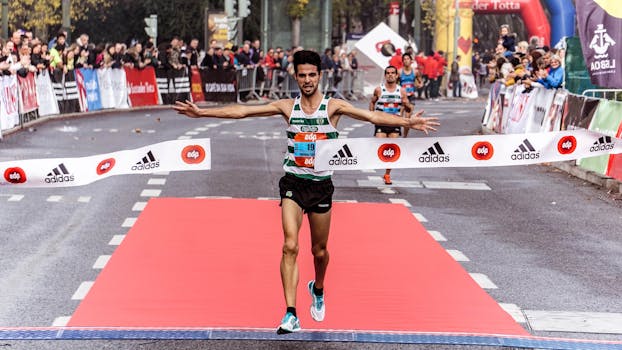
Understanding Your Injury
The first step in recovering from a running injury is to understand the severity and type of your injury. Common injuries include shin splints, stress fractures, IT band syndrome, and runner’s knee. If your pain is severe or persistent, consult with a healthcare professional for an accurate diagnosis.
Rest and Recovery
- Listen to your body and avoid running if you are experiencing pain.
- Allow adequate time for healing to prevent further damage.
- Consider alternative, low-impact activities such as swimming or cycling to maintain fitness during recovery.
Ice and Compression
Applying ice to the injured area can help reduce swelling and pain. Use a compression wrap if appropriate, and elevate the injured limb when possible.
Rehabilitation Exercises
- Incorporate gentle stretching and strengthening exercises as recommended by your physical therapist.
- Focus on improving flexibility and addressing any muscular imbalances that may have contributed to your injury.
Gradual Return to Running
Once cleared by a professional, return to running gradually. Start with walk/run intervals and slowly increase your distance and intensity. Always listen to your body and back off if you begin to experience pain again.
Prevention Tips
- Warm up before every run and cool down afterward.
- Wear appropriate footwear and replace shoes regularly.
- Increase your mileage and intensity gradually.
- Cross-train and add strength training to your routine to build a resilient body.
Recovering from a running injury takes patience and discipline. By following these steps and focusing on prevention, you can safely return to the sport you love.
Comments
Post a Comment